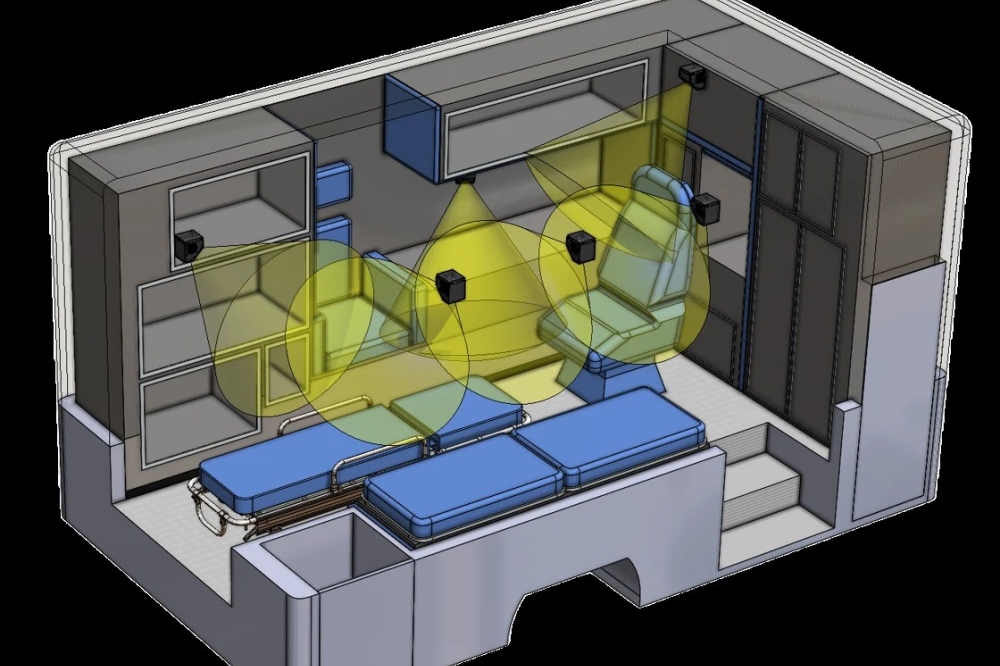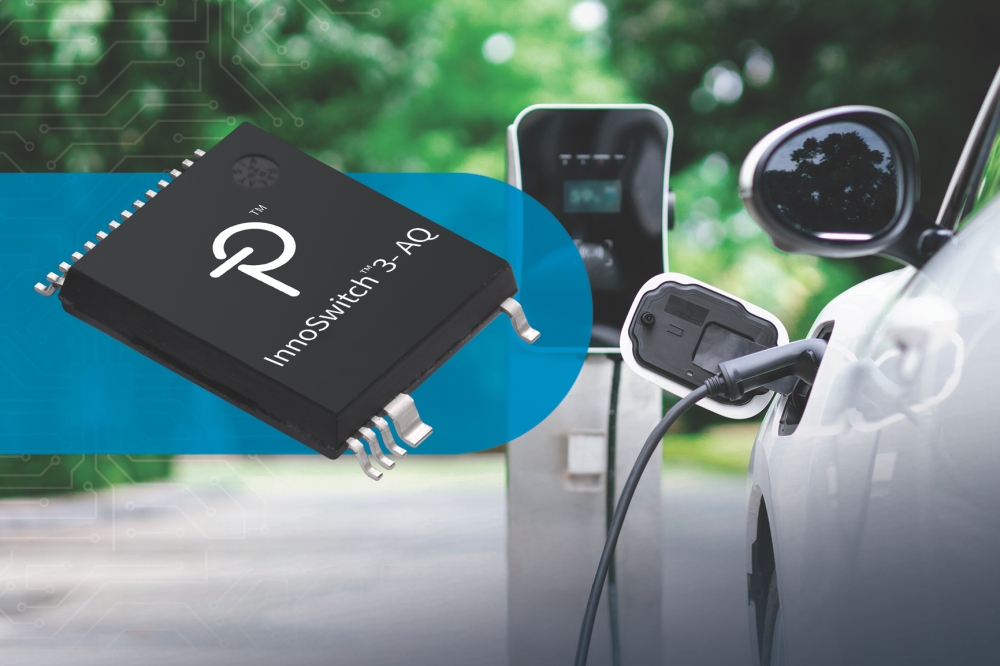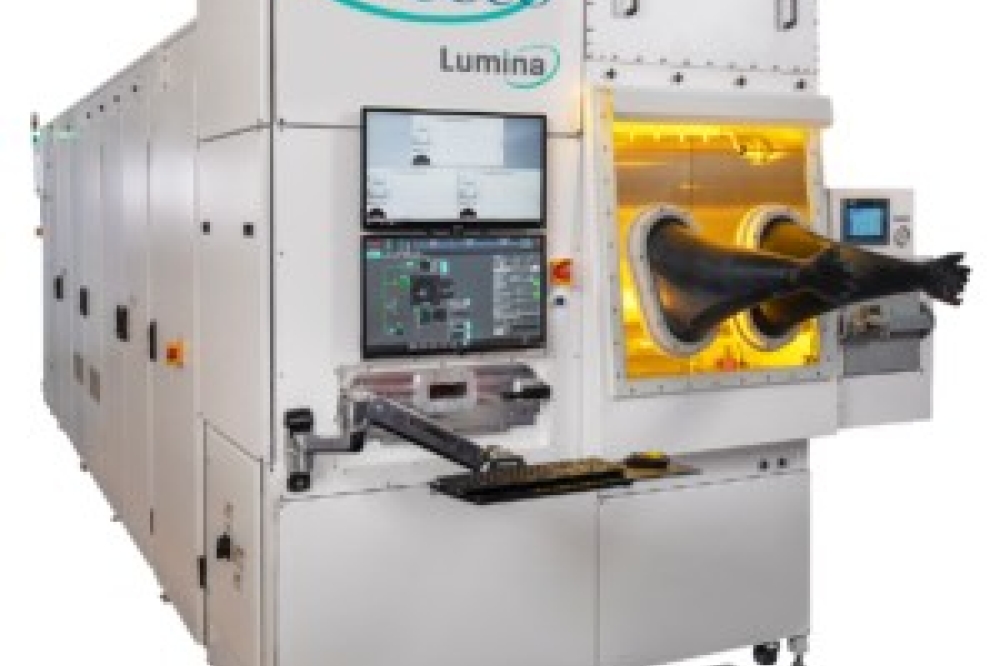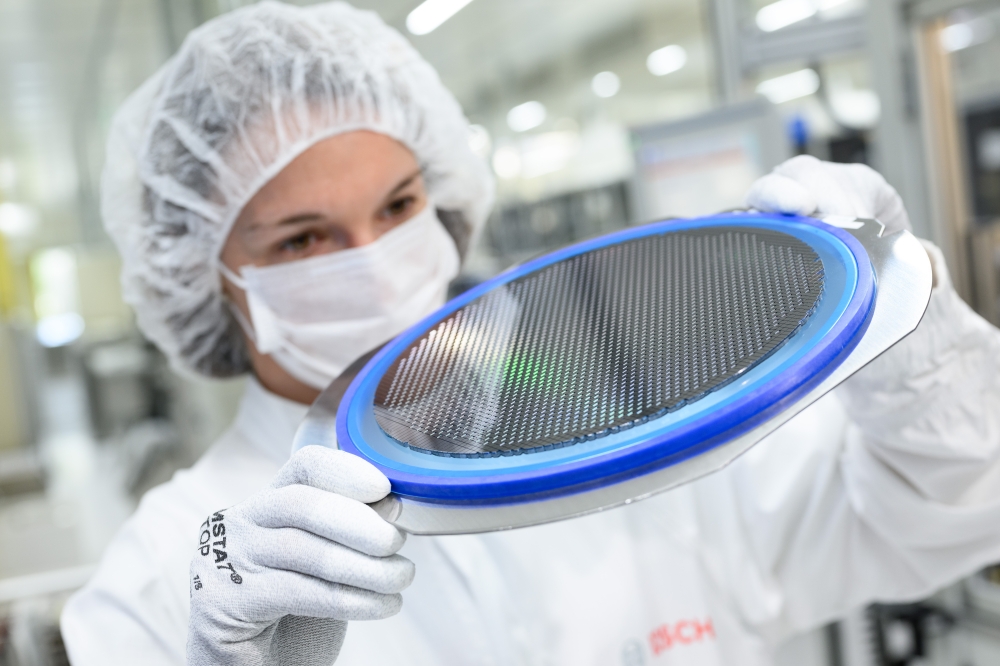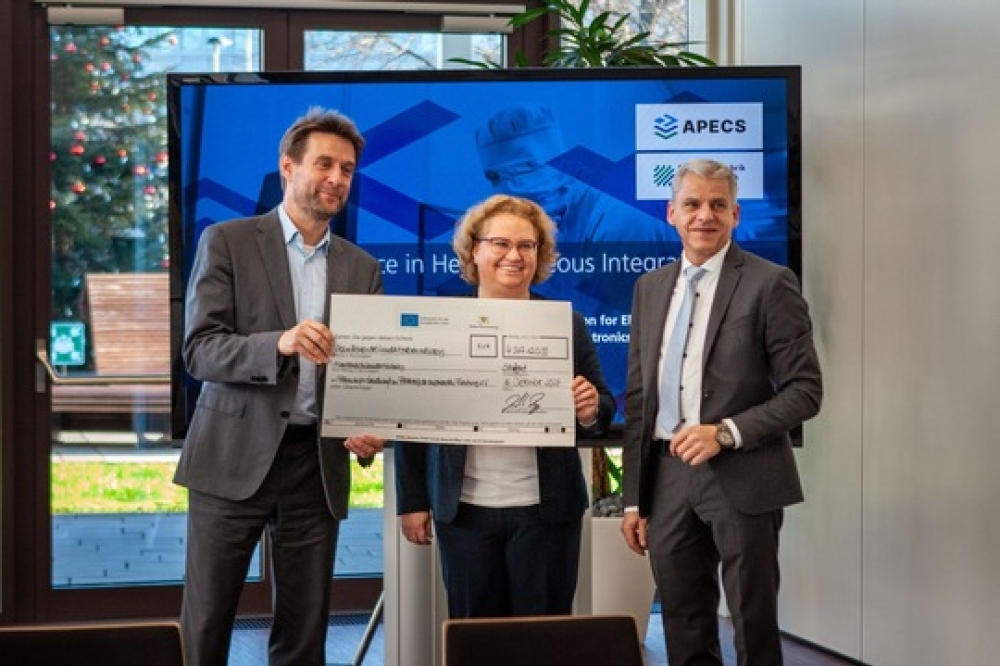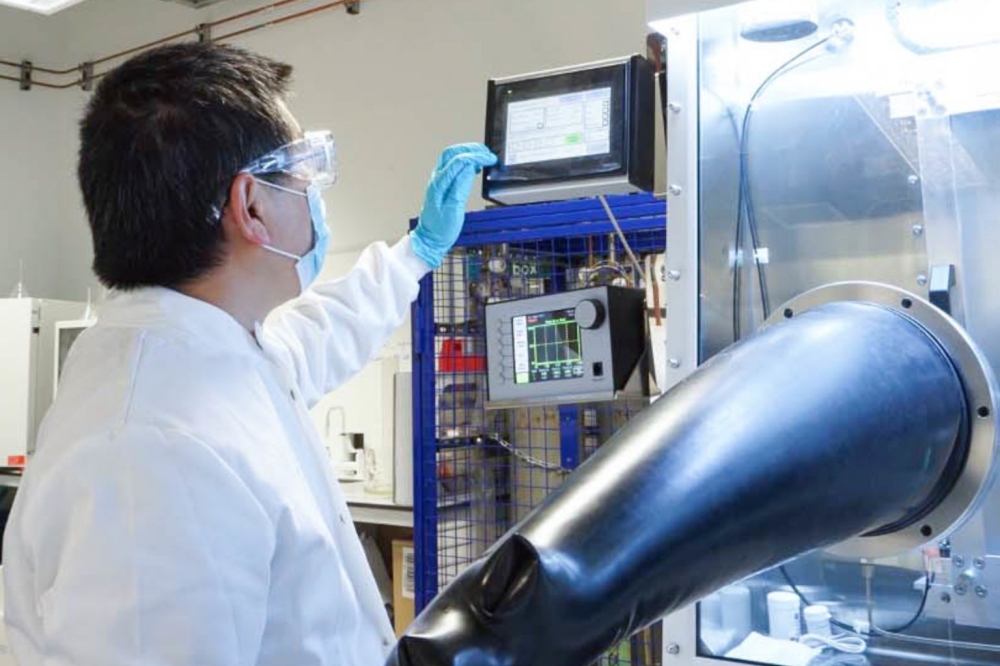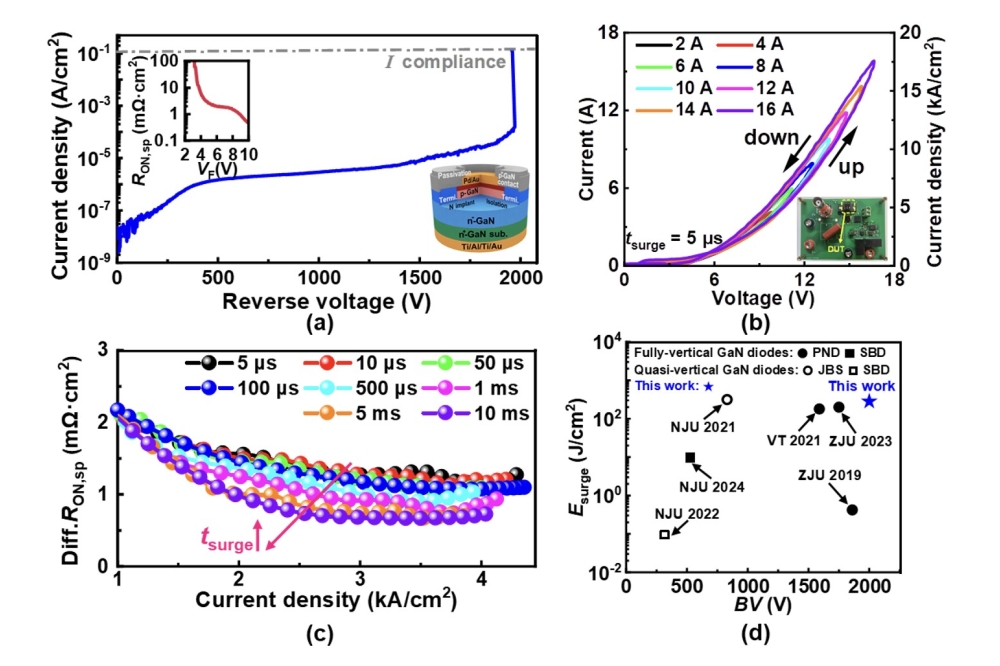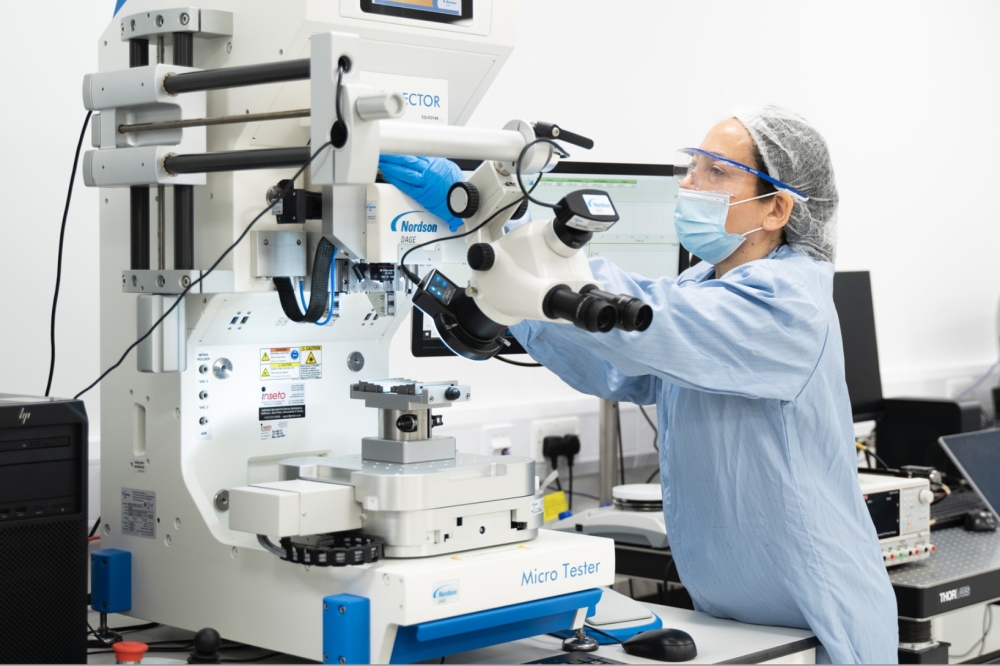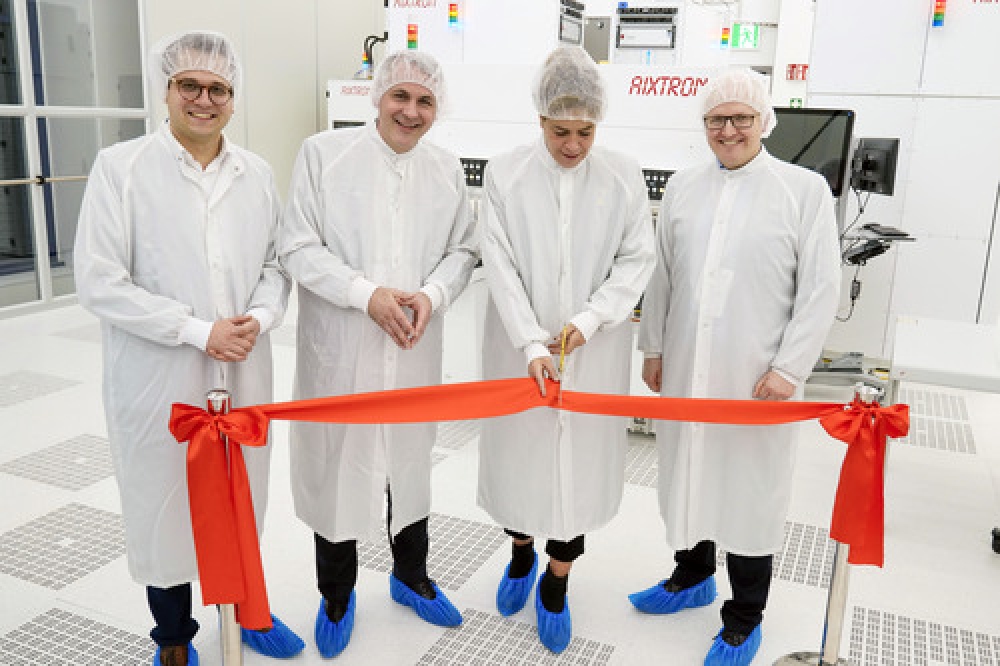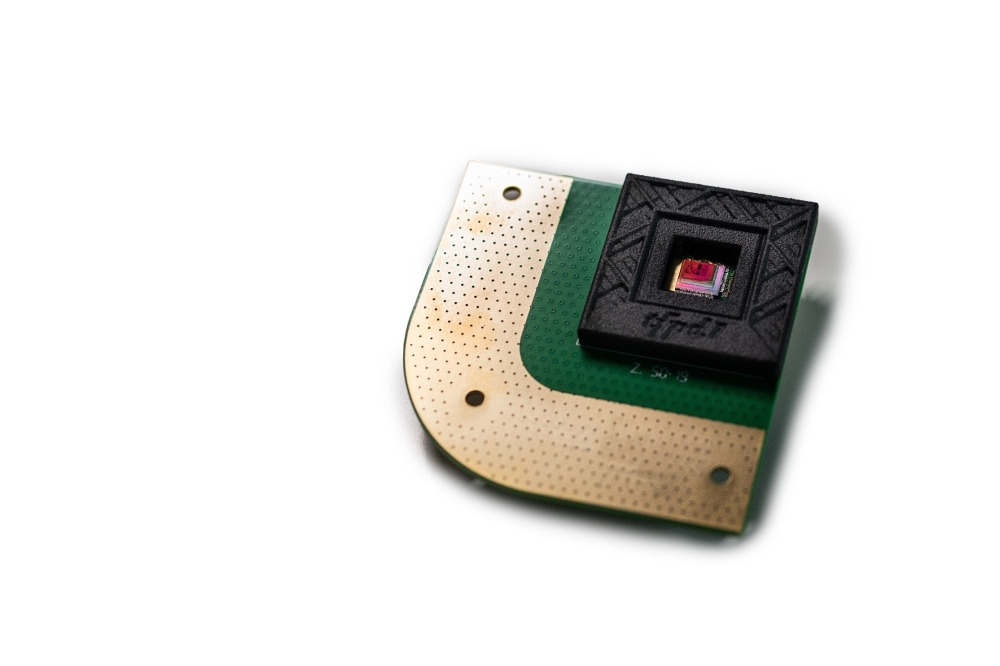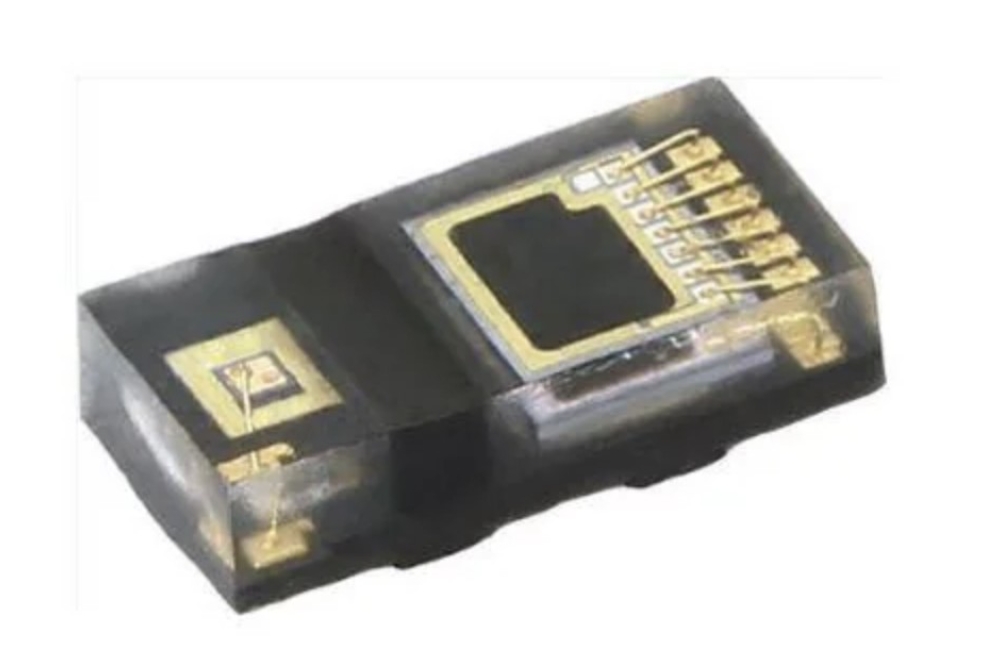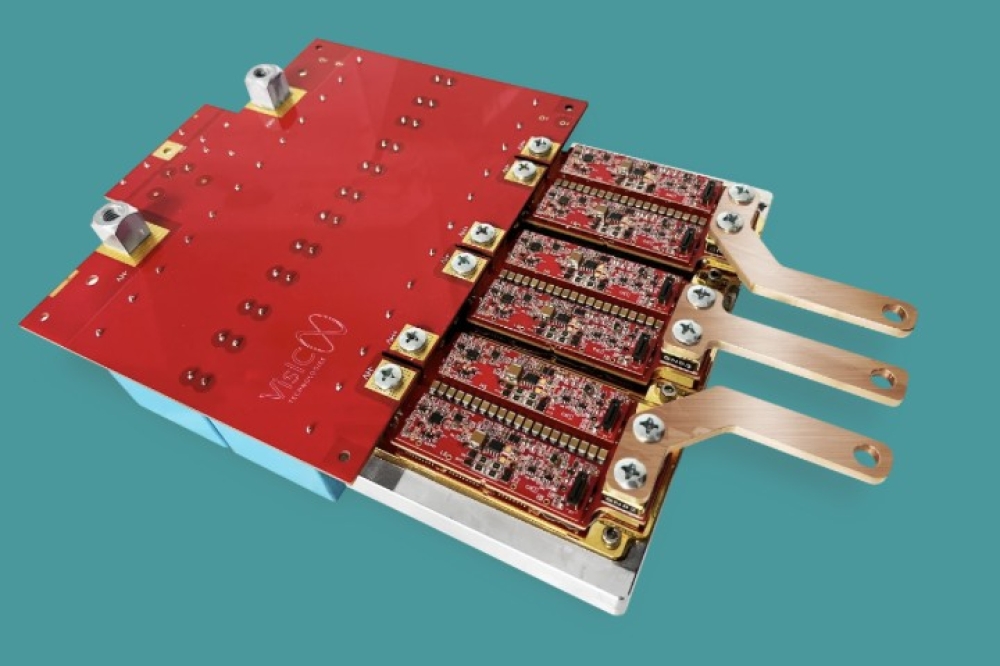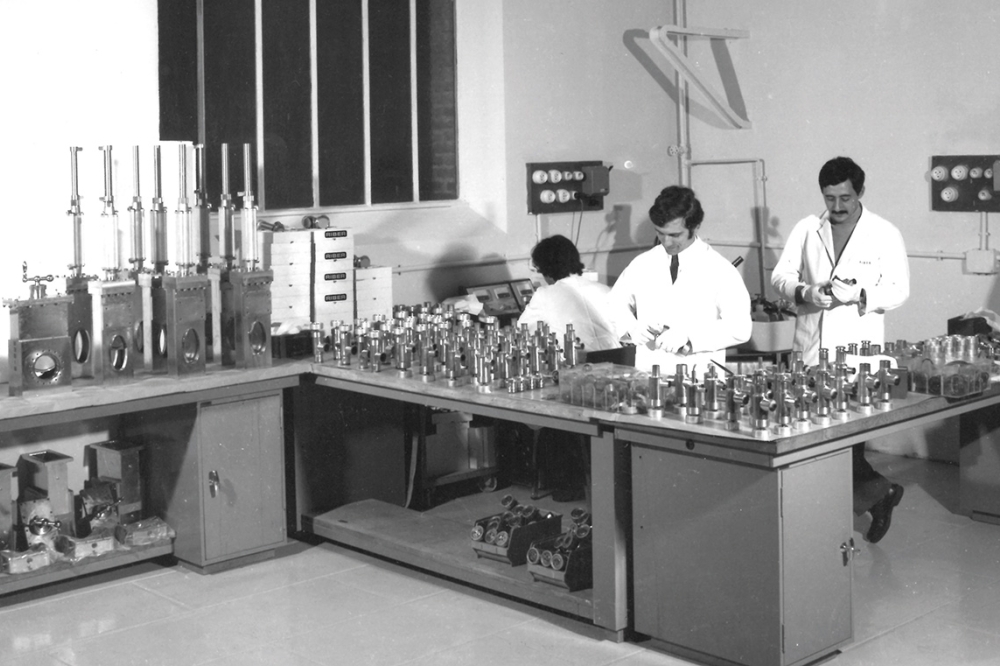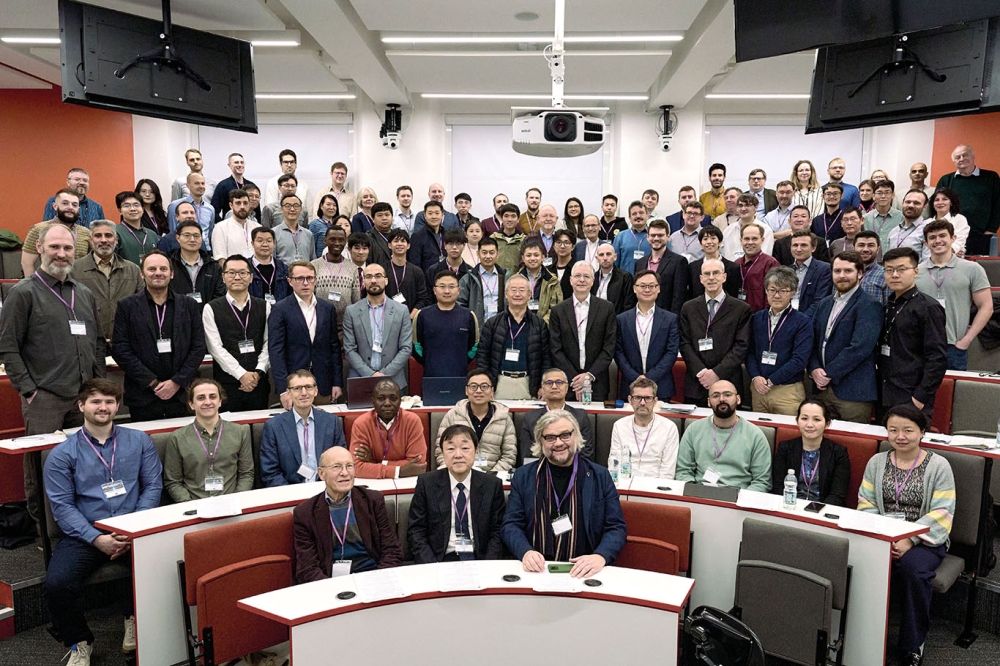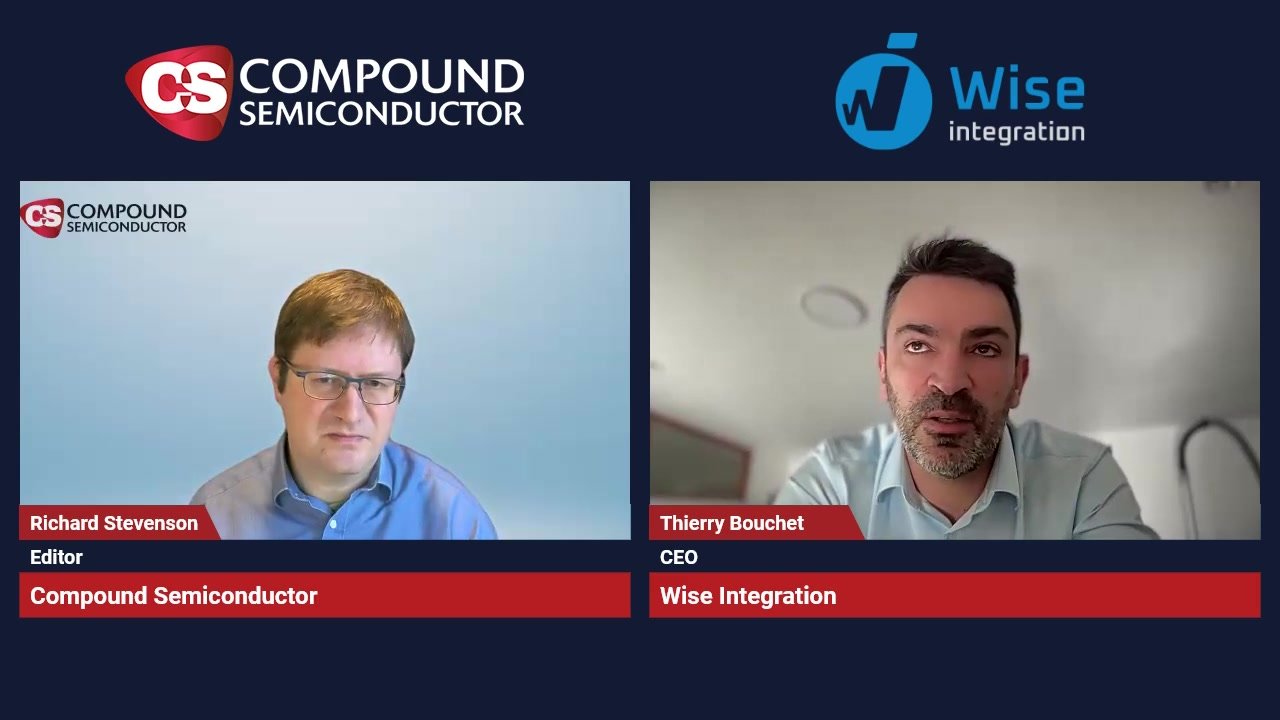Buried platinum gate delivers HEMT record
Taiwanese and Japanese academics have teamed with Intel to claim a cut-off frequency record for 80 nm gate length III-V high-electron mobility transistors.
The group recorded a 494 GHz cut-off frequency for their HEMTs in a paper to be published in the April issue of IEEE Electron Device Letters.
Led by Edward Yi Chang of National Chiao-Tung University, Taiwan, the team used MBE to make InGaAs/InAs composite channel HEMTs on a semi-insulating InP substrate.
The key to the improved performance was the inclusion of a platinum buried gate, which reduced the distance between the gate and the composite channel in the device.
After the rest of the device had been fabricated, a combination of electron-beam lithography and chemical etching formed a gate recess into which platinum was deposited.
A final annealing step then made platinum diffuse through the InP etch-stop layer, closer to the InGaAs/InAs channel. The group recorded a cut-off frequency of just 390 GHz for an analogous device tested without this “gate-sinking” step.
According to the authors, the improvement may be attributed to lowered parasitic capacitance and resistance at the modified gate. “Clearly, superior device performance can be achieved through a straightforward gate-sinking process,” the team wrote.
However, in reducing the gate-channel distance the device s gate-drain breakdown voltage is also reduced from 3.6 V to 2.4 V.
The main channel of the device is a 5 nm InAs layer whose electron confinement and transport properties are improved by being sandwiched between 2 nm upper and 3 nm lower In0.7Ga0.3As subchannels.
Although the paper says that the device could be used for either RF or logic applications, perhaps due to the input of Intel the focus lies heavily on the latter.
“The results demonstrate superior HEMT device performance for high-frequency, high-speed and low-power logic applications,” the paper says.
• In December, a Northrop Grumman Space Technology team reported a record 1.2 THz frequency PHEMT, although this device featured a smaller gate, measuring only 35 nm (see related stories).

